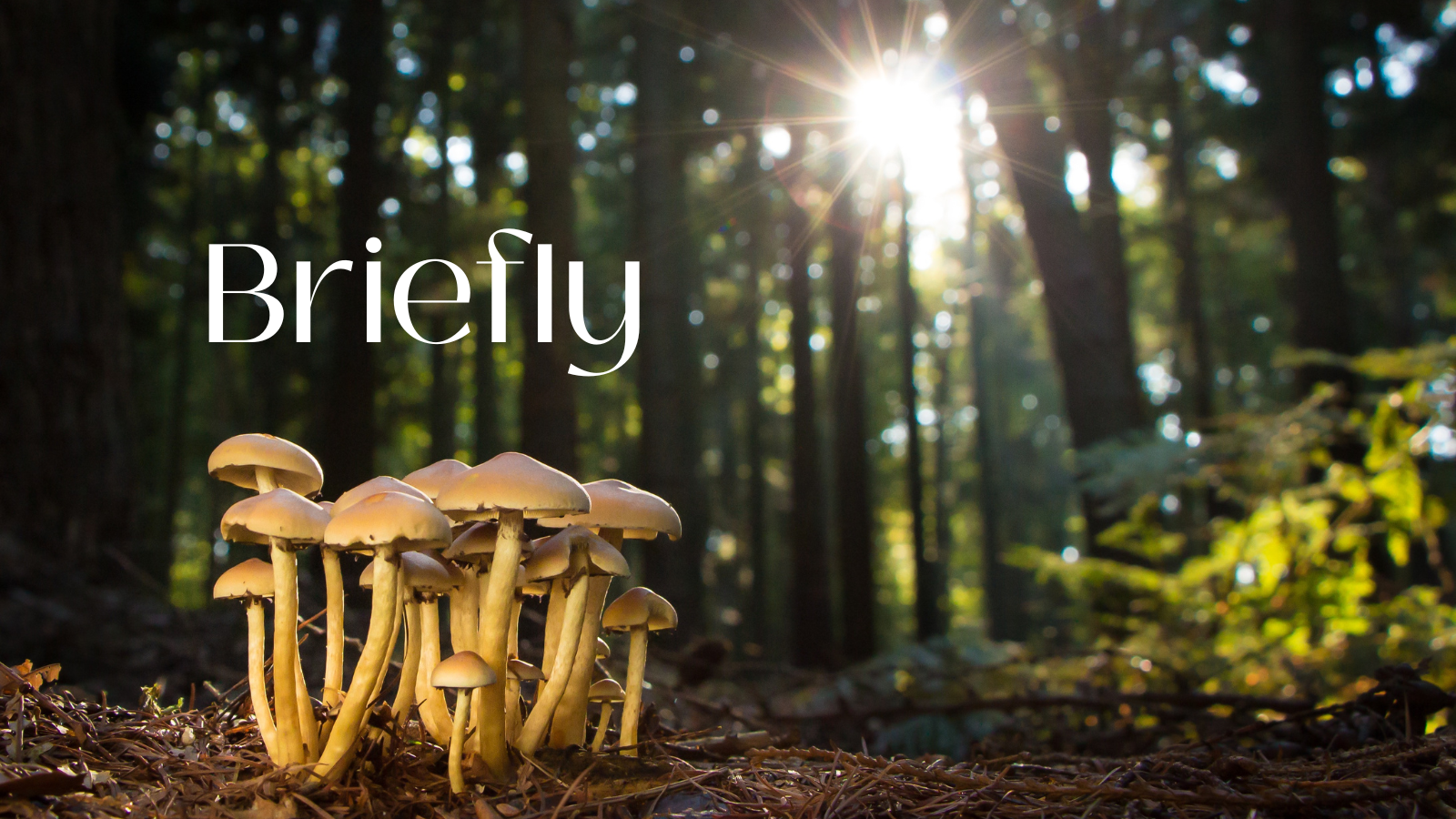What Do Fungi Have to Do with Athens?
Eve Tushnet at The University Bookman


Entangled Life: How Fungi Make Our Worlds, Change Our Minds, and Shape Our Futures
By Merlin Sheldrake.
Random House, 2020.
Hardcover, 368 pages, $28.
There are fungi that hunt their prey.
Fungi can communicate, trade, and defend. They reproduce sexually, fusing the little threads called “hyphae” with compatible threads from another fungus and mixing their genetic material. (“How the sexual attraction between truffle fungi plays out remains unknown.”) Fungi can eat dirty diapers, cigarette butts, neurotoxins, and radiation. If we want our planet to become a little less of, in Pope Francis’s pungent phrase, “an immense pile of filth,” fungi may be our only friends.
But these revelations—some heartening, many unsettling—are only the beginning of Merlin Sheldrake’s project in his delightful Entangled Life: How Fungi Make Our Worlds, Change Our Minds, and Shape Our Futures. Sheldrake is out to convince you not only that you’ve never really understood mushrooms, but that you’ve never really understood yourself. Halfway through this book, I found myself thinking, Wait—am I a lichen? Have I been a lichen this whole time?
There’s an ingenuous quality to Sheldrake’s self-portrait. Earlier this year, a profile in The New York Times Magazine highlighted Sheldrake’s biological boosterism (why don’t you ever talk about the bad things mushrooms do?) as well as his oddball personal charm: He lives with his wife, Erin Robinsong, in a converted Methodist chapel, a few miles from his brother Cosmo, who also lives with his wife in a converted Methodist chapel. In Entangled Life, Sheldrake portrays himself as Puck with a PhD. He goes on psychedelic trips (“The nurses made sure I drank the LSD at exactly nine AM”), pilfers cider apples from a clone of Isaac Newton’s apocryphal apple tree, and gets his snout in the soil to follow questing and branching hyphae. He inspired Iris Van Herpen’s Roots of Rebirth fashion line, with its frills, gills, networks, and sexy tendrils. On his website, you can watch a time-lapse video showing oyster mushrooms devouring a copy of Entangled Life, scored to the mushrooms’ own music (plus double bass and vocals) courtesy of brother Cosmo. Then Sheldrake eats the mushrooms.
Sheldrake is a lush and fun prose stylist: “The truffle’s aroma strayed upward from the hole, brighter and more saturated than in the weighing room.” He can make you see “the damp yellows and browns of the oak woods” where truffles are hunted by fierce taciturn men in camouflage, or the “black smear” of lichen that marks the limit of high tide. He consistently strikes a tone of wonder and delight without seeming saccharine, and his philosophical interventions are provocative without being pushy. He hasn’t produced a polemic against the ideal of the self-sufficient liberal political subject, or even a policy brief in favor of honoring our interdependence with the natural world. Instead he just invites readers to consider whether, perhaps, they are lichen.
This is the deepest of Sheldrake’s philosophical questions. It hums below the surface of his beautiful description of mushrooms as a kind of incarnate polyphony. It animates his defense of those psychedelic voyagers who return from their trips convinced of metaphysical truths: “That a chemical can induce a profound mystical experience appears to support the prevailing scientific view that our subjective worlds are underpinned by the chemical activity of our brains; that the world of spiritual beliefs and experiences of the divine can spring from a material, biochemical phenomenon. However… the very same experiences are so powerful as to convince people that a nonmaterial reality—the raw ingredient of religious belief—exists.”
